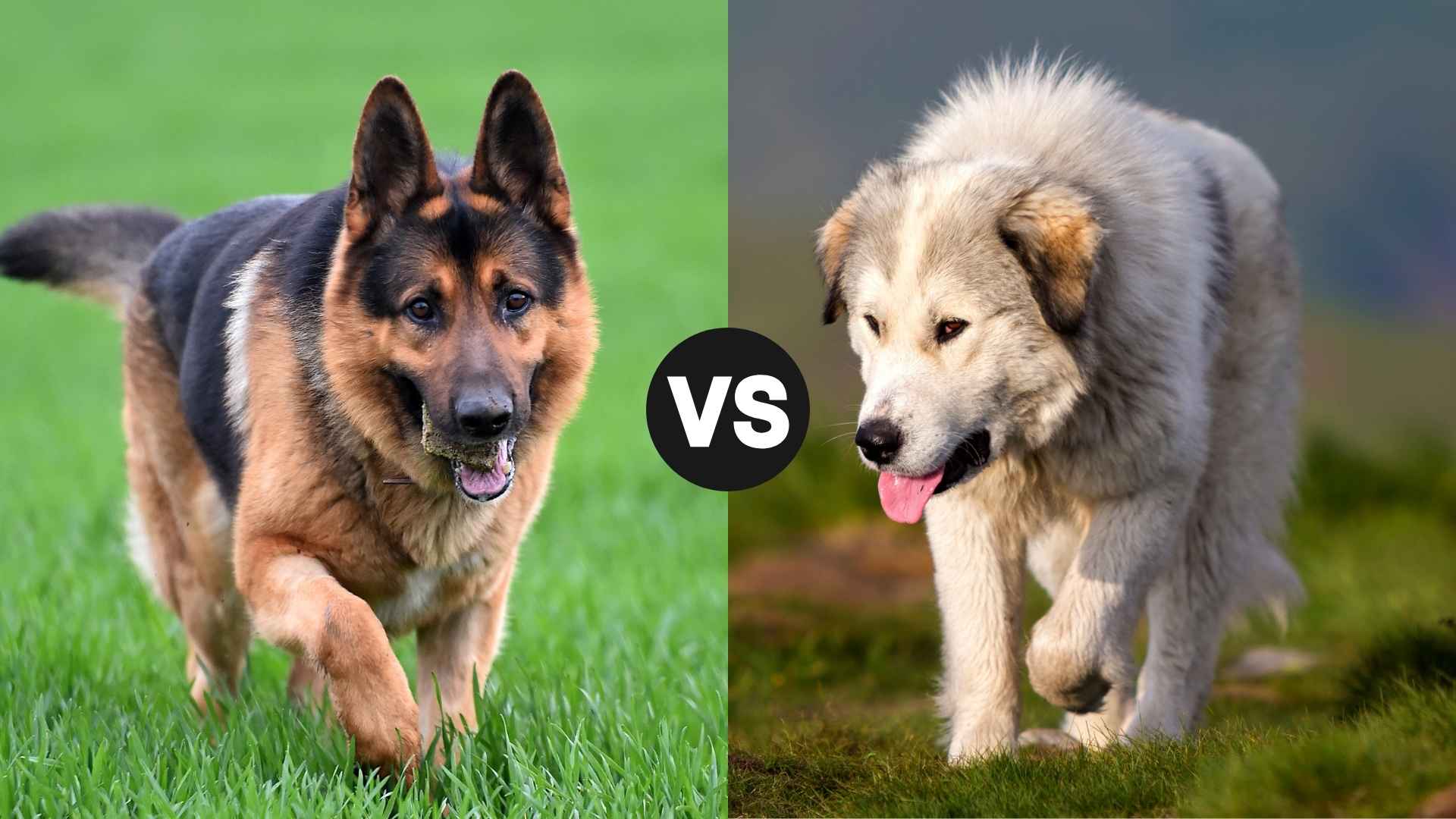Here’s the thing: deciding between a German Shepherd and a Great Pyrenees for a pet isn’t just about size or fluff—it’s about finding a lifelong best friend who fits your lifestyle and vibe.
Let’s start with some context. According to the American Kennel Club (AKC), German Shepherds consistently rank among the top five most popular breeds in the U.S. for pets holding the 4th spot in 2024. That means thousands of owners chose them for their loyalty, smarts, and versatility last year.
Now here’s a fun twist: though they look imposing, Great Pyrenees actually outpace German Shepherds in longevity. Think about that—these majestic giants are not just easy going, they stick around almost as long as their agile counterparts.
What this really means is that your decision isn’t just about the next month or year—it’s about a whole decade or more. Will you thrive with a sharp, ever-alert working companion, or does your heart lean toward a calm, silent guardian who’ll lounge at your feet during those quiet Sunday mornings?
In this post, learn more about—appearance, personality, training, health, grooming—so you can see which of these two incredible breeds fits into your world compared to other dogs.
German Shepherd vs. Great Pyrenees
Here are the Key differences:
Visual Differences: Appearance & Build
When it comes to appearance, the German Shepherd and Great Pyrenees dogs are striking in very different ways. The German Shepherd is all about muscle tone, agility, and that unmistakable alert posture.
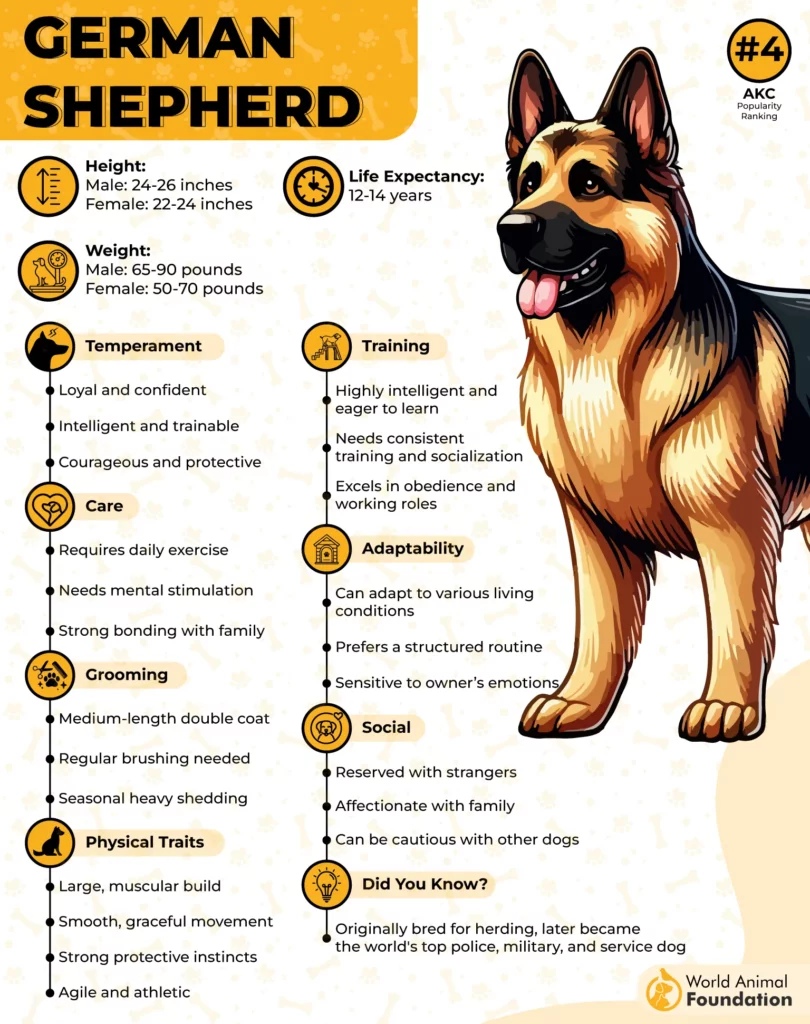
Compact but strong, this working dog carries a confident stance that shows off its natural ability to move with purpose. You’ll often see it with fur typically in shades of black and tan, though colors can vary.
Now, contrast that with the Great Pyrenees, which leans into sheer size and presence. These dogs are massive—huge, really—and are built to endure cold weather and long days guarding. These dogs’ white, fluffy coat adds even more volume to their frame, making them look like gentle giants even when their instincts say otherwise.
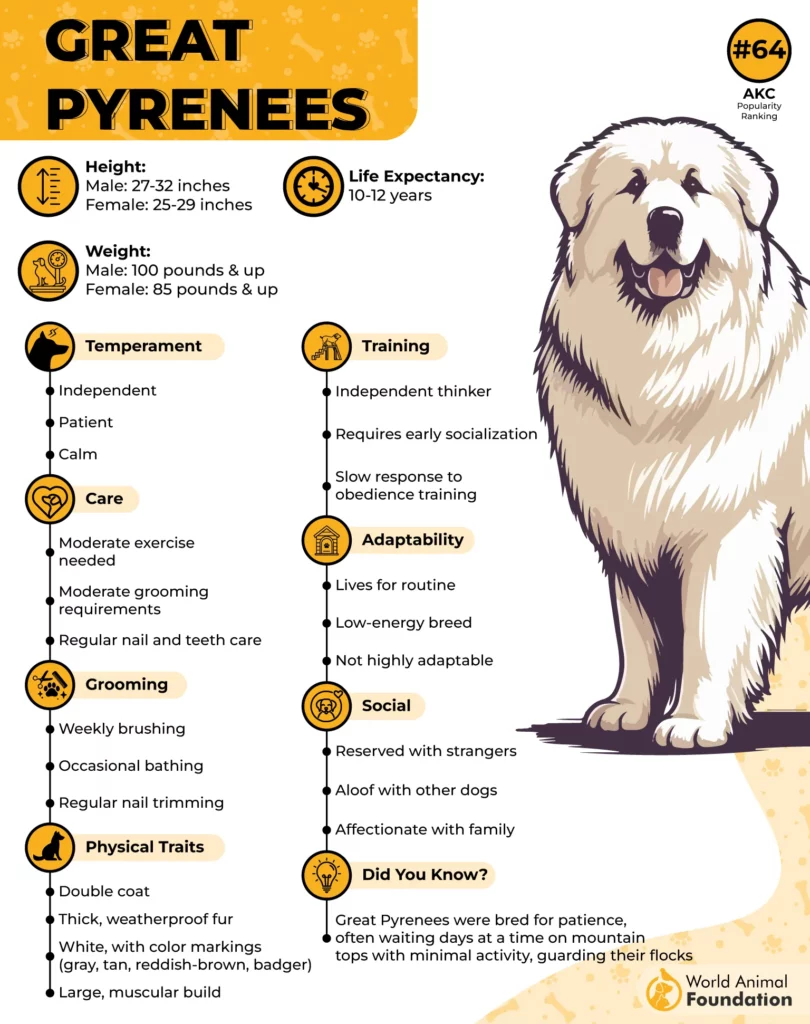
Both dogs have coats that require serious grooming. But the Great Pyrenees has a more laid-back, almost regal air, while the German Shepherd looks like it’s always on the brink of jumping into action. In short, one is a guardian in the field, the other a protector on the move.
Personality & Temperament Traits
German Shepherds and Great Pyrenees personalities couldn’t be more different.
|
Trait |
German Shepherd |
Great Pyrenees |
|---|---|---|
|
Intelligence |
Extremely intelligent |
Smart but independent |
|
Loyalty |
Fiercely loyal |
Protective, not clingy |
|
Trainability |
Highly trainable (control) |
Can be stubborn |
|
Interaction with young children |
Loves family time |
Gentle and patient |
|
Stranger Reaction |
Aware may react |
Calm, unless sensing danger |
|
Energy Level |
High—need mental & physical exercise |
Mellow indoors, active when guarding |
If you’re someone who wants a friend always by your side, craving commands and giving you constant attention as a pet, the GSD might be your perfect fit. But if you appreciate a tranquility that doesn’t need constant control, the Great Pyrenees makes a quiet but strong statement.
Keep in mind, without enough stimulation, either dog can become bored, which often leads to chewing, barking, or other behavioral quirks. The key is knowing which kind of traits you vibe with most, and making sure your house matches their needs.
Exercise Needs & Energy Levels
The German Shepherd is all gas, no brakes. These working dogs don’t just enjoy activity—they need it. If these dogs don’t get enough mental and physical engagement, they’ll find their own outlets.
German Shepherd
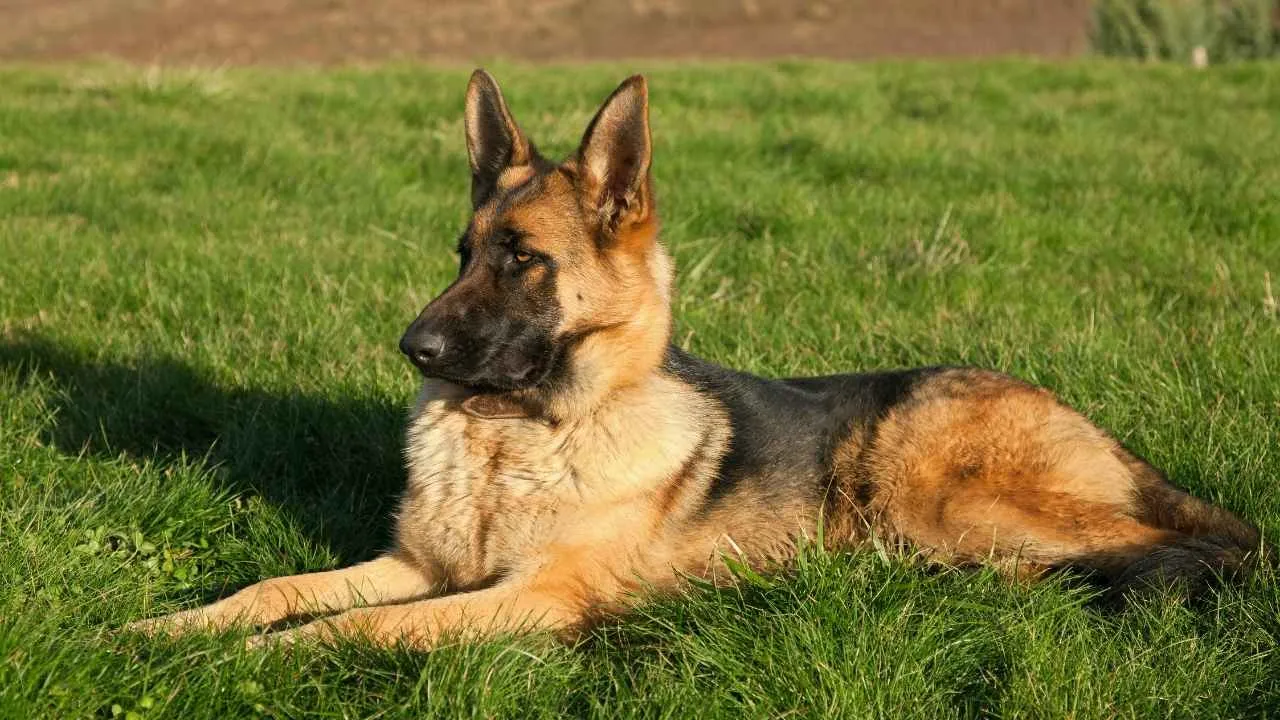
Needs structured exercise daily (walks, fetch, obstacle work)
Prone to becoming neurotic or anxious if feeling dull
Thrives with mental stimulation (training, puzzle games)
Naturally alert and always ready to move
Doesn’t do well in small spaces without an outlet
The Great Pyrenees, meanwhile, is the king of energy conservation. According to WebMD, they were bred to quietly guard and protect a flock or herd for hours—sometimes days—without human interference. This dog mastered the art of stillness until it mattered.
Great Pyrenees
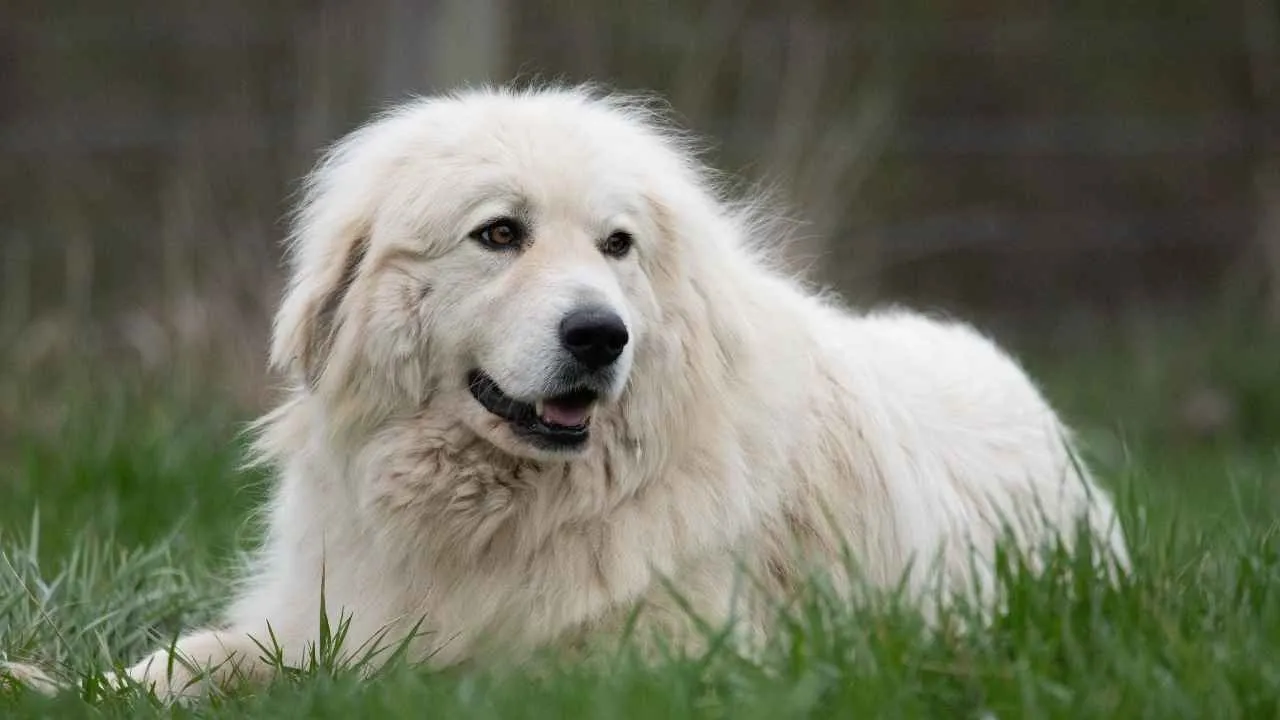
Enjoys slow roaming in large, fenced areas
Can be active outdoors but peaceful indoors
More independent—less likely to beg for playtime
Responds when there’s a purpose
Suited for people with quiet land or space to roam
Training Style & Intelligence
Here’s the thing—intelligence doesn’t always equal obedience, and these two breeds of dogs prove that in different ways.
The German Shepherd is widely known for being one of the most intelligent dog breeds on the planet. But what sets them apart is their capability to learn quickly and follow commands with precision. They were practically made for structured training. Whether it’s police work, agility, or service tasks, GSDs are usually two steps ahead and laser-focused. They love having a point to their actions.
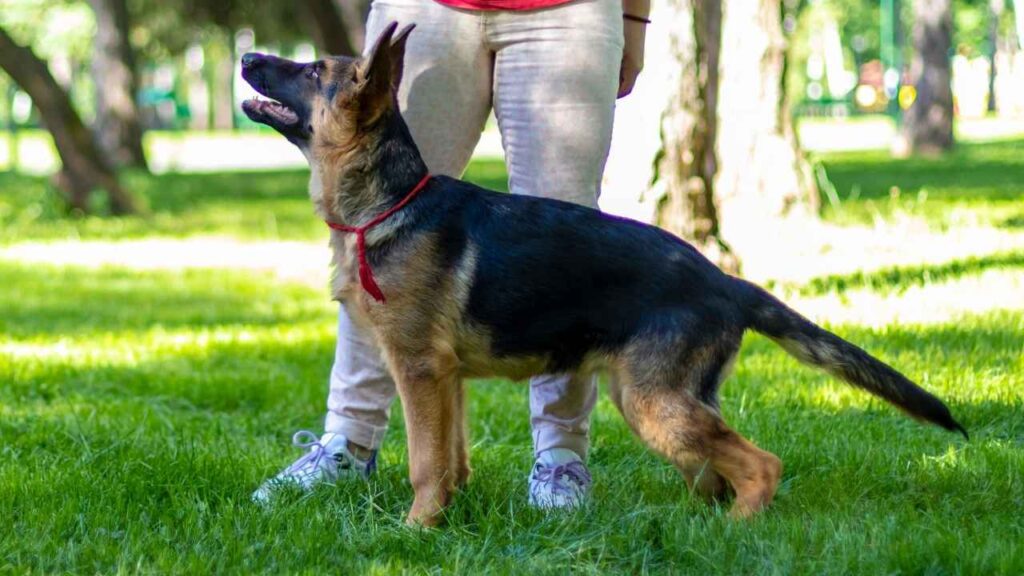
The Great Pyrenees, on the other hand, is smart—but in a different way. This is a breed with centuries of independent thinking bred into its DNA. It was raised to guard livestock without humans nearby, so it makes its own decisions. That makes training a bit of a challenge if you want a pet. Not impossible, but you’ll need patience, consistency, and maybe some backup treats.
Health, Lifespan & Veterinary Care
Let’s talk about the part no one likes to think about and are scared to—health issues and how long your dog might be around. Both the German Shepherd and Great Pyrenees are large breeds, and with that size comes a few built-in risks. Their sheer mass can put stress on joints, organs, and overall care needs increase with age.
German Shepherd
According to PetMD, this breed is prone to several inherited conditions. Hip and elbow dysplasia are the big ones, and they can seriously affect your dog’s physicality and mobility as they get older.

There’s also a known concern of degenerative myelopathy—a spinal disease that gets worse over time and doesn’t have a cure. Some GSDs may also suffer from bloat (gastric torsion), which can generally be life-threatening without emergency vet care.
Lifespan: 7-10 years
Vet visits: Frequent checkups, especially for hips, spine, and digestive system
Care needs: Moderate to high; early detection is key
Great Pyrenees
Great Pyrenees aren’t free of health risks either. Hip dysplasia is still a major concern, along with bone cancer, which is more common in this breed than in many others. They’re also prone to skin conditions and ear infections.
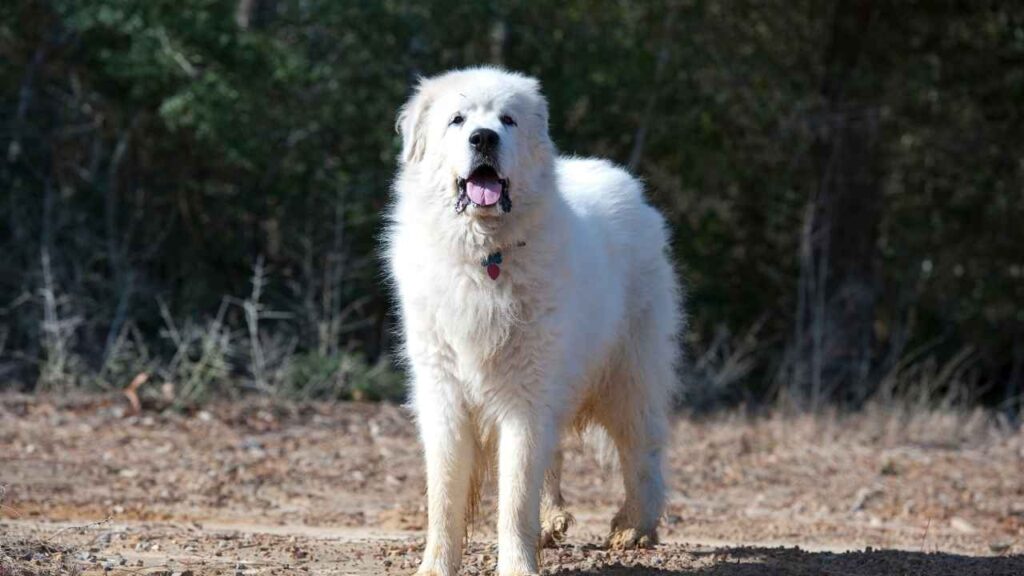
Another issue? Obesity. Because they’re relaxed and not always eager to move, some can pack on weight fast, increasing pressure on joints and organs.
Lifespan: 10–12 years
Vet visits: Moderate; regular monitoring for weight, joints, and screenings
Care needs: High—especially skin care, diet, and weight management
Grooming Needs & Maintenance
If you’re allergic to dog hair or are allergic to cleaning, let’s be blunt—neither of these breeds will make a person’s life easier. Both the German Shepherd and Great Pyrenees come with a thick double coat, and both are notorious for how much they molt.
We’re not talking a few strands on the couch. We’re talking seasonal blowouts that will cover your home, clothes, and car like a fuzzy avalanche.
|
Trait |
German Shepherd |
Great Pyrenees |
|---|---|---|
|
Coat Type |
Medium length, dense double |
Long, thick, fluffy double |
|
Shedding |
Heavy year-round, worse seasonally |
Extreme seasonal shed |
|
Brushing Needs |
Weekly (daily during shedding) |
Several times per week |
|
Bathing |
Every 3–4 months |
Occasionally, natural oils help |
|
Extra Care |
Tail, chest, undercoat |
Ears, belly, feathered legs |
Conclusion
At the end of the day, choosing between a German Shepherd and a Great Pyrenees comes down to what kind of owner you are and what kind of relationship you want with your dog.
If you want a sharp, obedient partner who thrives on structure and enjoys learning new commands, the German Shepherd is your go-to. These dogs are eager to protect, eager to please a person, and always on watch for any threatening moment to their family. For example, they’re great for active households that mention wanting a loyal, trainable companion.
On the flip side, the Great Pyrenees is more independent and stubborn, but deeply affectionate once bonded. They don’t follow orders blindly—they follow their instincts. Raised well and socialized early, they become peaceful, dignified guardians of your house and heart.


